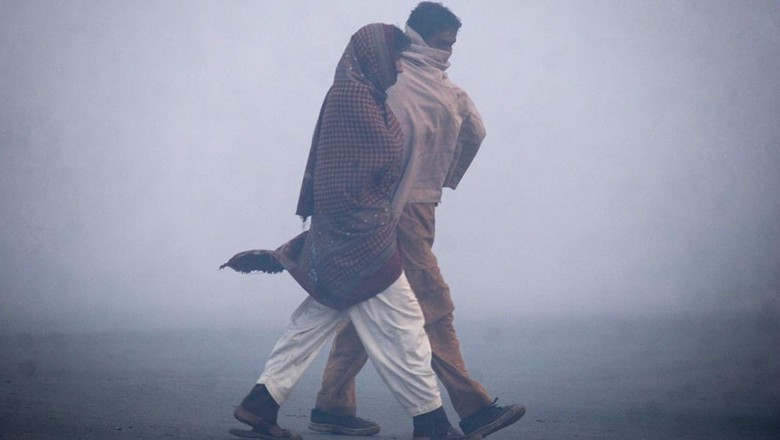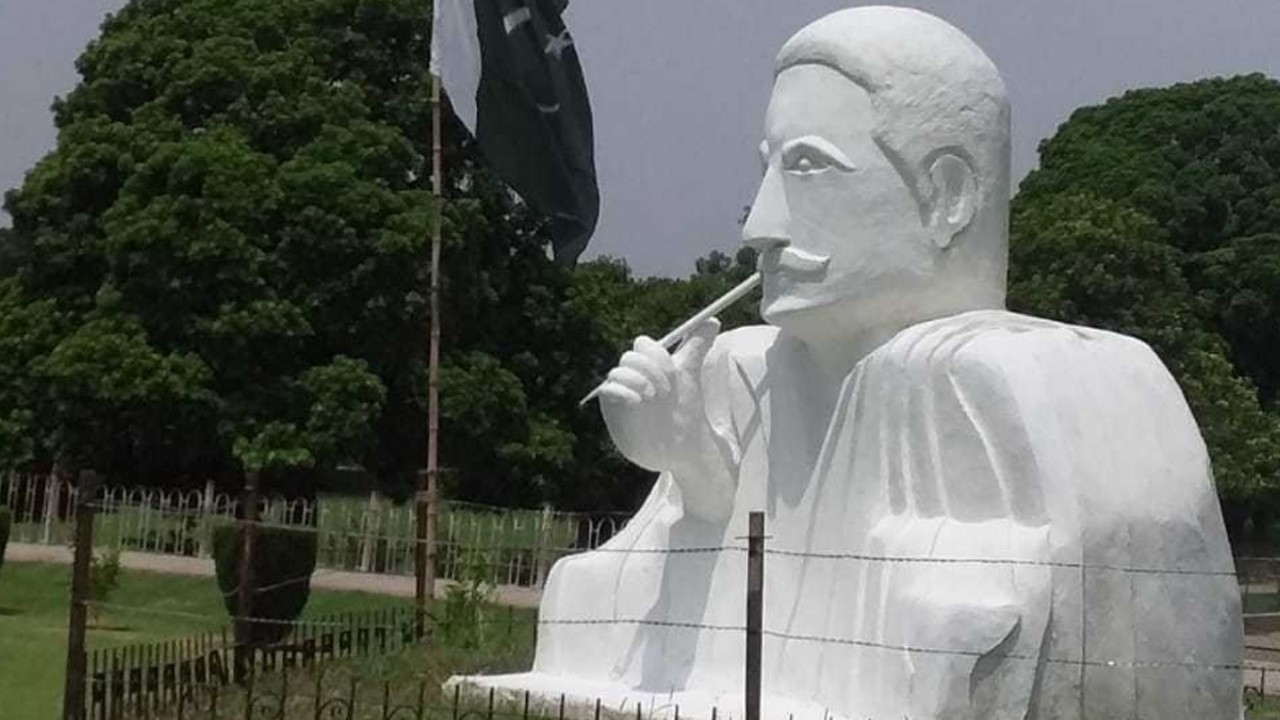Pakistan expected to experience coldest winter in decades

Web Desk
|
14 Oct 2025
Pakistan is likely to endure one of its coldest winters in decades as a result of the developing La Niña climate pattern, which could severely test the resilience of flood-hit communities already grappling with limited resources.
According to a situation report released by the Intersector Coordination Group (ISCG), in collaboration with humanitarian partners and coordinated by the UN Office for the Coordination of Humanitarian Affairs (OCHA), the colder-than-normal conditions are expected to have a particularly harsh impact on vulnerable households in mountainous regions such as Khyber Pakhtunkhwa and Gilgit-Baltistan.
La Niña, a recurring climate phenomenon, occurs when Pacific Ocean surface temperatures fall below average, often setting off erratic weather conditions around the globe. This year's shift is projected to compound existing challenges in Pakistan, especially in areas still reeling from the devastating monsoon floods earlier in the year.
In its October climate outlook, the report indicates that marginally negative phases of both the El Niño Southern Oscillation (ENSO) and the Indian Ocean Dipole (IOD) will influence weather patterns across the country. Northern regions — including Punjab, KP, Azad Jammu and Kashmir (AJK), and Gilgit-Baltistan — are forecast to receive below-normal rainfall, while southern parts such as Sindh, Balochistan, and southern Punjab are likely to experience near-average precipitation levels.
The forecast also highlights a series of cascading risks. Among them: disruptions to Kharif crop harvesting due to sporadic storms, heightened danger of dengue outbreaks from stagnant water, increased likelihood of glacial lake outburst floods in northern areas, and reduced river flows impacting irrigation systems. Additional concerns include deteriorating air quality in the plains due to elevated smog levels, and threats to livestock health and fodder supply caused by temperature anomalies.
The report paints a grim picture of Pakistan’s recovery trajectory, pointing to a weakening humanitarian response on the ground. While local and international efforts were robust at the height of the crisis, the report notes a significant drop in operational presence and available resources three months later.
"Pre-positioned supplies and initial emergency funding have been largely exhausted,” the report states, adding that humanitarian agencies are now appealing for renewed financial support to maintain basic services during the transition from emergency relief to early recovery.
With winter approaching and climate pressures intensifying, the report underscores an urgent need for sustained intervention to support flood-affected communities — particularly as their ability to cope diminishes in the face of compounding environmental and socio-economic stress.












Comments
0 comment